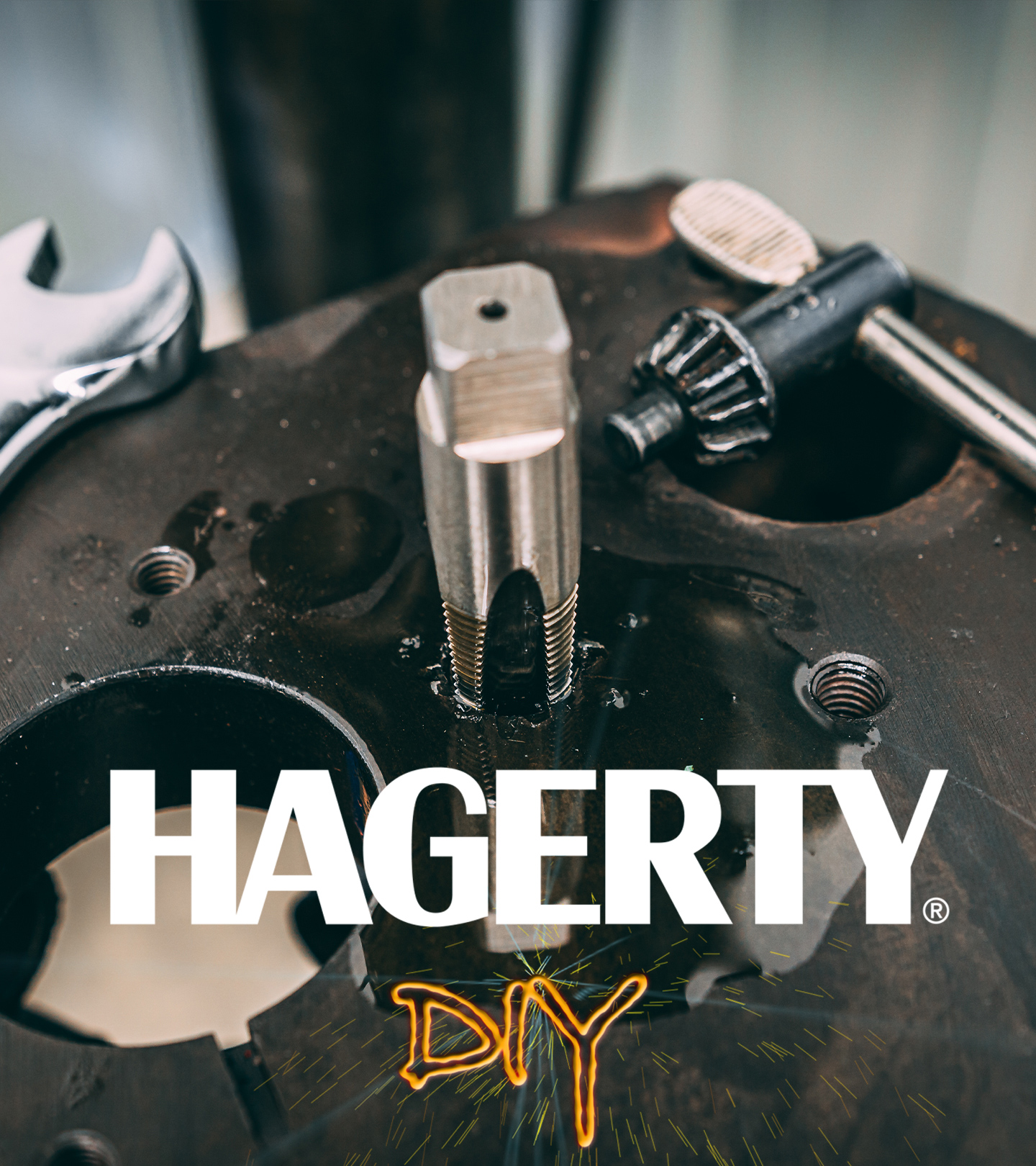Enjoy Buick Straight 8 stories, opinion, and features from across the car world - Hagerty Media
Last week, Davin gave a quick recap of the projects that he’ll be tackling this year. This week it’s time to get down to work. Up first: returning the Buick to the Hagerty Learning Garage, which means Davin gets to play with a new toy that recently arrived—a forklift.
“It might seem like overkill, but a forklift is one of those tools you don’t think you’ll use until you have one, and suddenly you find all kinds of uses for it,” Davin says. “For example, it’s a whole lot easier to lift this whole engine run stand into the pickup than to take the time to disassemble it all carry it piecemeal.”
Once loaded, the Buick straight-eight took a short blanket-covered trip to be reunited with the 1951 Buick that it will be bolted back into. The car, covered in fresh paint and nearing the finish line of its customizations, has been waiting for the engine to arrive. It should come together quickly now, but Davin is not at the shop to lend a hand with that; instead he’s there to pick up the 365 V-8 from the ’57 Cadillac that has already been stripped down to its frame, right next to the Buick.
The 365 is next up in the Redline Rebuild series, but if you want to see it torn down you’ll have to wait until next week. Davin says there are some interesting tidbits about this engine, and he’s going to dive into all that on a future episode of Redline Update.










